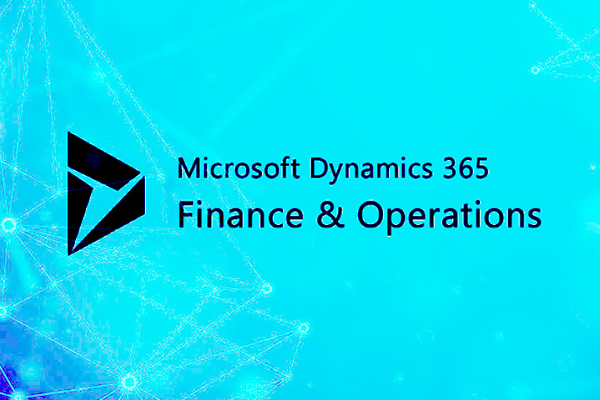Description
Introduction of Financial Management in Dynamics365
Microsoft Dynamics 365 Finance & Operations (F&O) provides powerful tools for financial management, enabling businesses to automate financial processes, enhance reporting, and maintain regulatory compliance. This training covers advanced financial features, including financial reporting, budgeting, asset management, and global financial operations, to help finance professionals optimize their financial workflows.
Prerequisites
- Basic knowledge of financial management principles
- Familiarity with Dynamics 365 Finance & Operations
- Understanding of accounting processes and financial reporting
- Experience with ERP systems is beneficial
Table of Contents
-
Introduction to Advanced Financial Management
1.1 Overview of Financial Capabilities in Dynamics 365 F&O
1.2 Key Features and Benefits for Enterprises
1.3 Navigating the Finance Module -
General Ledger and Financial Dimensions
2.1 Advanced Ledger Configurations
2.2 Configuring Financial Dimensions and Account Structures
2.3 Managing Multi-Currency Transactions -
Budgeting and Forecasting
3.1 Setting Up Budgeting Workflows
3.2 Forecasting and Predictive Budgeting
3.3 Integrating Budgeting with Power BI -
Accounts Payable and Vendor Management
4.1 Automating Invoice Processing
4.2 Managing Vendor Collaboration and Payments
4.3 Handling Vendor Settlements and Reconciliation -
Accounts Receivable and Credit Management
5.1 Configuring Customer Credit and Collections
5.2 Automating Invoicing and Payment Processing
5.3 Managing Customer Settlements and Aging Reports -
Fixed Assets Management
6.1 Asset Acquisition, Depreciation, and Disposal
6.2 Asset Revaluation and Impairment Accounting
6.3 Integrating Fixed Assets with Financial Reporting -
Cash and Bank Management
7.1 Configuring Bank Accounts and Payment Methods
7.2 Automating Bank Reconciliation Processes
7.3 Managing Cash Flow Forecasting -
Tax Management and Compliance
8.1 Setting Up Global Tax Configurations
8.2 Automating VAT, GST, and Sales Tax Processing
8.3 Generating Tax Reports and Audit Trails -
Financial Reporting and Analytics
9.1 Creating Custom Financial Statements
9.2 Using Power BI for Financial Analytics
9.3 Automating Report Generation and Distribution -
Intercompany and Consolidation Accounting
10.1 Managing Multi-Entity Transactions
10.2 Automating Intercompany Settlements
10.3 Consolidated Financial Reporting -
Revenue Recognition and Compliance
11.1 Configuring Advanced Revenue Recognition Rules
11.2 Managing Deferred Revenue and Accruals
11.3 Ensuring IFRS and GAAP Compliance -
Audit, Security, and Internal Controls
12.1 Implementing Role-Based Security and Access Control
12.2 Auditing Financial Transactions
12.3 Ensuring SOX and GDPR Compliance -
Integrations and Automation
13.1 Integrating Finance with Supply Chain and HR
13.2 Automating Workflows with Power Automate
13.3 API Integrations for Third-Party Financial Tools -
Future Trends in Financial Management with Dynamics 365
14.1 AI-Driven Financial Insights with Dynamics 365(Ref: Intermediate Reporting and Dashboards in Dynamics 365)
14.2 Emerging Regulatory Compliance Trends
14.3 Next-Generation Automation in Financial Operations
Conclusion
Advanced financial management in Dynamics 365 F&O empowers organizations with automation, analytics, and compliance tools to streamline financial processes. This Financial Management in Dynamics365 training equips finance professionals with the expertise to optimize financial operations, enhance reporting, and ensure regulatory compliance in a dynamic business environment.







Reviews
There are no reviews yet.